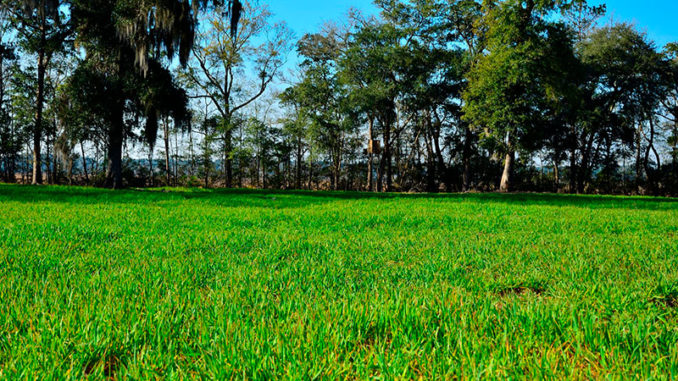
With the arrival of Labor Day at the beginning of the month, the fall hunting season is here. Starting with the opening day dove slaughter, Labor Day is the start for most hunters’ outdoor adventures leading into the fall season that begins later this month. But it is also when most hunters begin turning over the soil for their annual cool season food plots. And deciding what to plant can be a daunting task, especially when cereal grains are at the top of the list. But which of the many cereal grains should be planted; wheat, rye, oats, triticale, or a combination of them all?
Fall food plots are planted for several reasons, but most deer hunters want something growing and thriving to draw deer out of hiding on a regular basis so they can stick or shoot the one with the biggest set of headgear. Deciding what to plant can be a difficult task with all the available seed on the market today. And cereal grains are good choices that will rarely leave hunters without a green field to hunt over.
These grains are great choices for fall food plots for many reasons. Not only do they provide ample nutrition for wildlife, they are also relatively inexpensive and easy to plant. It doesn’t take specialized equipment to plant most cereal grains. A tractor with disk harrow can prepare the soil perfectly, followed by a seed spreader and chain harrow. And an ATV or UTV can also be used with a seed spreader and chain harrow.
Mow it early
Cereal grains are also fabulous for fall food plots because they stand up to heavy browsing pressure. And food plots in areas abundant with deer will experience heavy browsing pressure. Unlike peas, soybeans, and brassicas, cereal grains will re-sprout quickly after being snipped off by deer and other wildlife.
In fact, cereal grains can be mowed after the stalks get 1 to 2 feet in height to encourage re-sprouting. And the new sprouts are always more tender and palatable than the older, heartier stalks.
So, which cereal grains are the best to plant? Well, any cereal grains will be used by deer, but some are more appealing to deer than others.
Rye is, by far, the easiest to plant and is the most cold-hearty version. Yet, rye has the least taste and has the lowest crude protein content of all cereal grains. Rye foliage is only around 10 percent crude protein. But again, rye is easy to plant where it only takes ¼ to 1/8 of an inch of soil for germination. Rye can really germinate right along the surface and it can be rain seeded in soft soils. Rye is very cold hearty, and can take almost anything the South’s winters can throw at it.
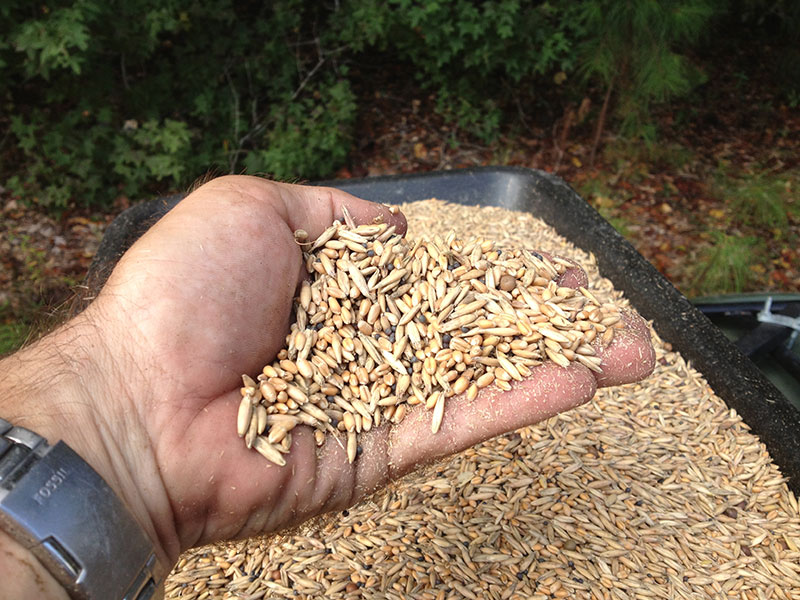
Oats and wheat are two great options and are very similar in every way. Oats and wheat are still easy to plant and they can tolerate deeper plantings down to one inch beneath the surface. Oats and wheat produce forage very quickly and have 12 to 25 percent crude protein. Oats and wheat will grow very aggressively, but will become less appealing to deer when they reach 8 to 14 inches tall. But again, oats and wheat collectively can be mowed when tall to encourage new, tender growth that the deer will love.
Just plant it
The only major difference between oats and wheat is the cold tolerance. Wheat is the most cold tolerant of all cereal grains and will withstand North and South Carolina winters.
Wheat and oats can be planted together as their chemical needs and planting requirements are similar.
Lastly, triticale is a rye and wheat hybrid seed that is more tolerant of acidic soils than any of the other cereal grains that can be beneficial on food plots created in woodlands or in areas with low pH. Triticale also has a good protein content between 15 to 20 percent.
So, what is the best cereal grain to plant for your fall food plot? There really isn’t a bad answer unless the site has a low pH reading, and then triticale should be planted. But in all other cases, wheat, rye, or oats can be planted. And they can all be planted singularly or together as a grass mix to produce excellent results.
Cereal grains are great choices for fall food plots for deer, especially when planted in September. Not only do they provide good nutrition to deer, they can also withstand heavy browsing pressure and are relatively easy to establish anywhere in the Carolinas.

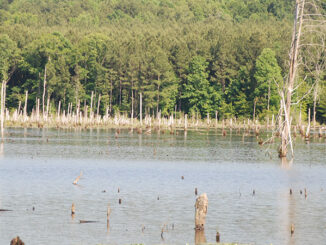
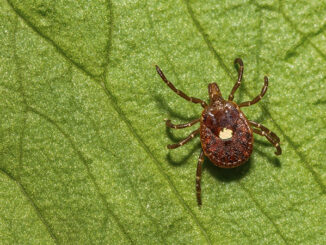
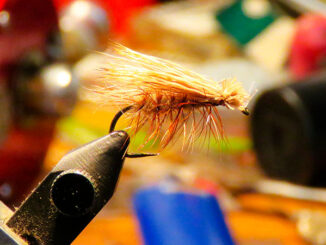

Be the first to comment